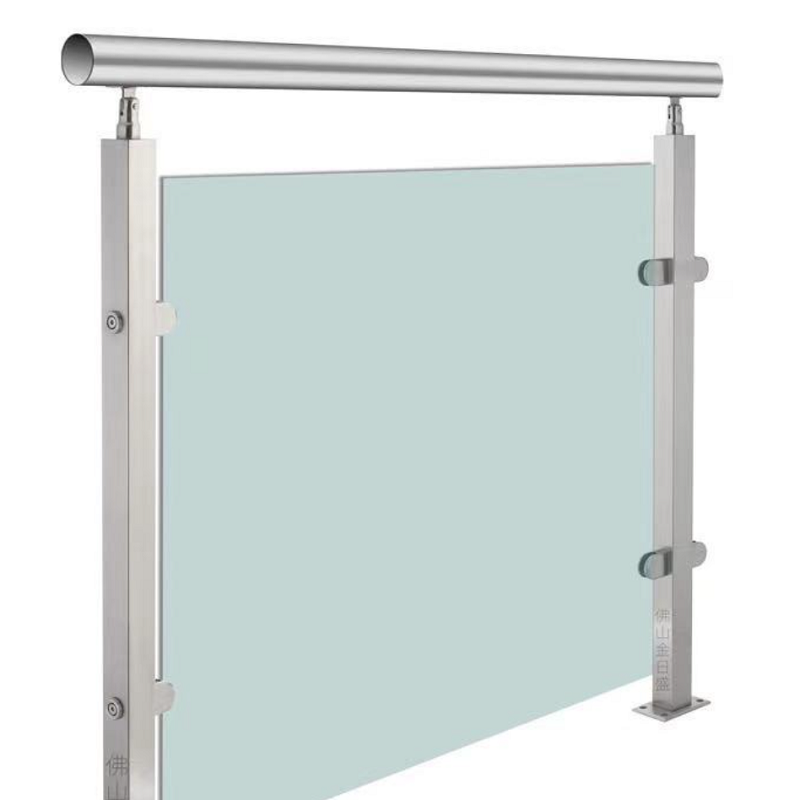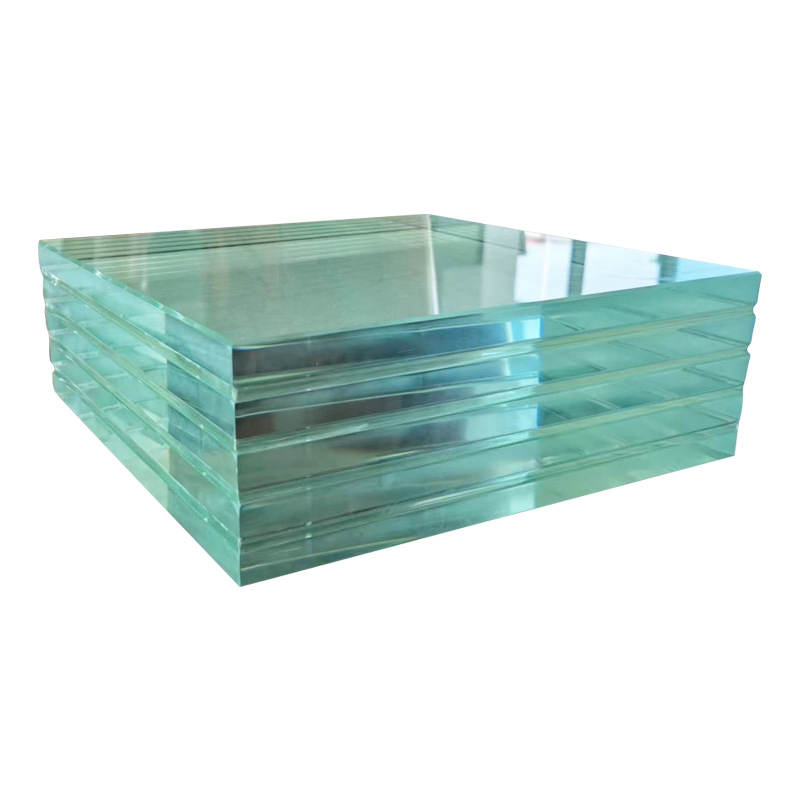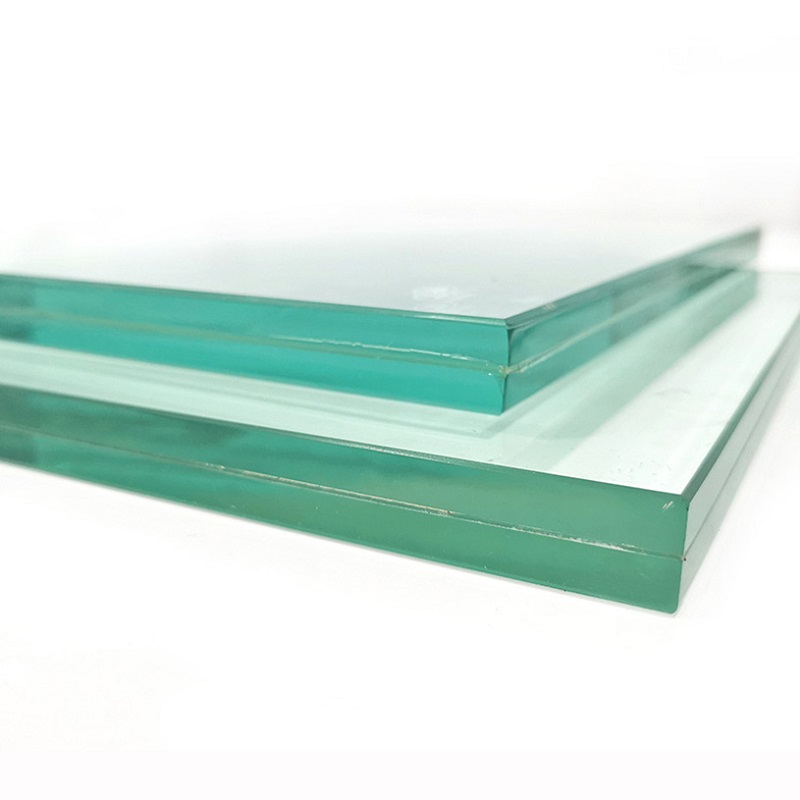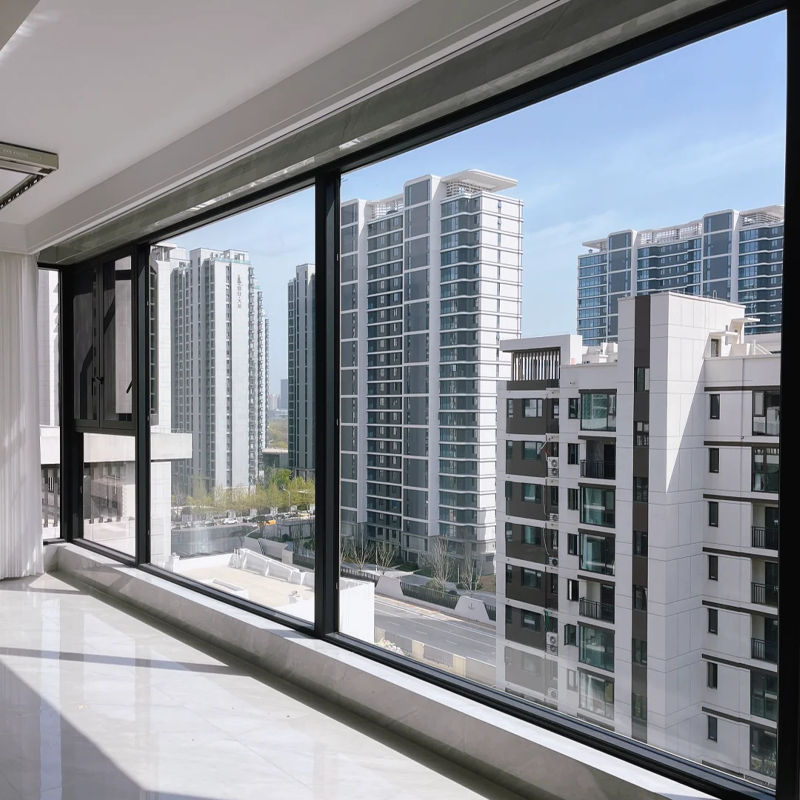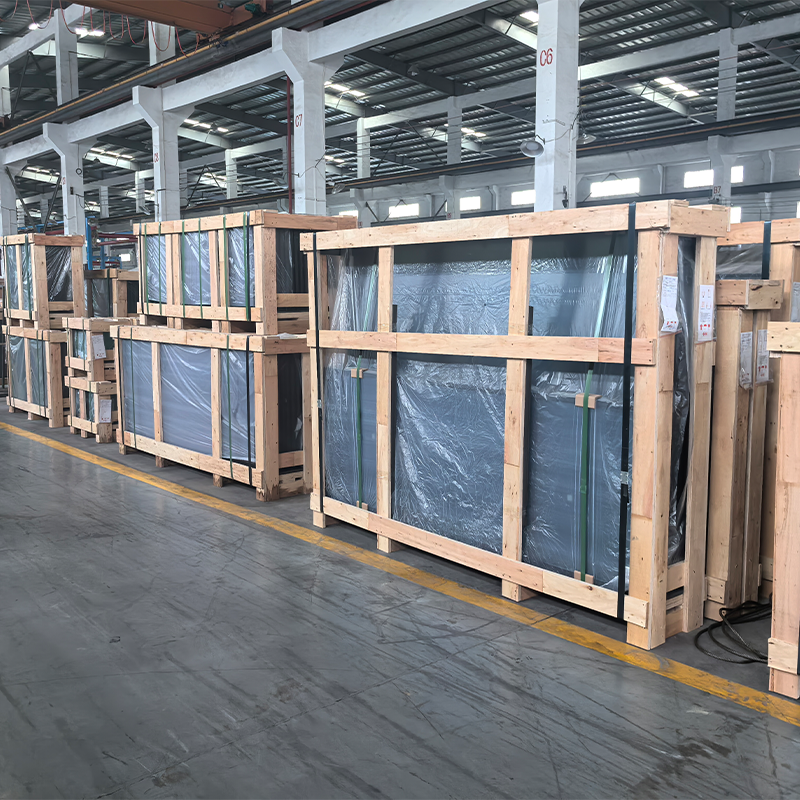Insulated Glass: Leading the New Trend in Modern Energy-Efficient Buildings
I. Market Advantages of Glass vs. Insulated Glass
Winter insulation: Reduces indoor heat loss, lowering heating costs.
Summer heat resistance: Blocks external heat, reducing air conditioning loads and energy bills.
2. Significant Improvement in Soundproofing
3. Breakthrough in Anti-Condensation Performance
4. Enhanced Safety and Durability
5. Expanded Design Flexibility
Insulated glass can integrate various technologies to meet diverse architectural needs:
Low-E coating: Reflects infrared rays, enhancing thermal insulation.
**Smart switchable **glass****: Adjusts transparency electronically for energy savings and privacy.
Photovoltaic insulated glass: Incorporates solar cells for building-integrated photovoltaics (BIPV).
II. Technological Innovations Driving the Insulated Glass Industry
1. Intelligent Lamination Technology
Ultra-high precision (±0.2mm), eliminating air leakage risks
300% higher production efficiency, meeting large-scale demand
2. Automated Gas-Filling Systems
**Self-cleaning **glass****: TiO₂ coatings enable rainwater to wash away dirt, reducing maintenance.
UV-blocking coatings: Block 99% of UV rays, protecting interior furnishings.
4. Industry 4.0 Smart Production Lines
Digital twin technology: Virtual simulations optimize production, minimizing defects.
AI quality inspection: Automatically detects bubbles and sealing flaws, ensuring 100% compliance.
III. Applications of Glass vs. Insulated Glass
1. Building Curtain Walls and Windows
2. Transportation Infrastructure
3. Appliances and Special Uses
IV. Future Trends: The Shift from Glass to Insulated Glass
1. Stricter Energy Policies Driving Demand
3. Green Recycling Technologies
Aluminum spacers and glass from discarded insulated glass are 100% recyclable
Low-energy recycled glass reduces carbon footprint
Conclusion
The transition from ordinary glass to insulated glass represents not only an advancement in building materials but also a commitment to energy efficiency and sustainability. With superior insulation, soundproofing, safety, and durability, insulated glass has become indispensable in modern construction. As smart production technologies advance and green building policies strengthen, the insulated glass market will continue to expand, evolving toward multifunctional integration—combining smart tinting, solar power generation, and self-cleaning capabilities. Ordinary glass will gradually be replaced by high-performance insulated glass, reshaping the entire glass industry.


